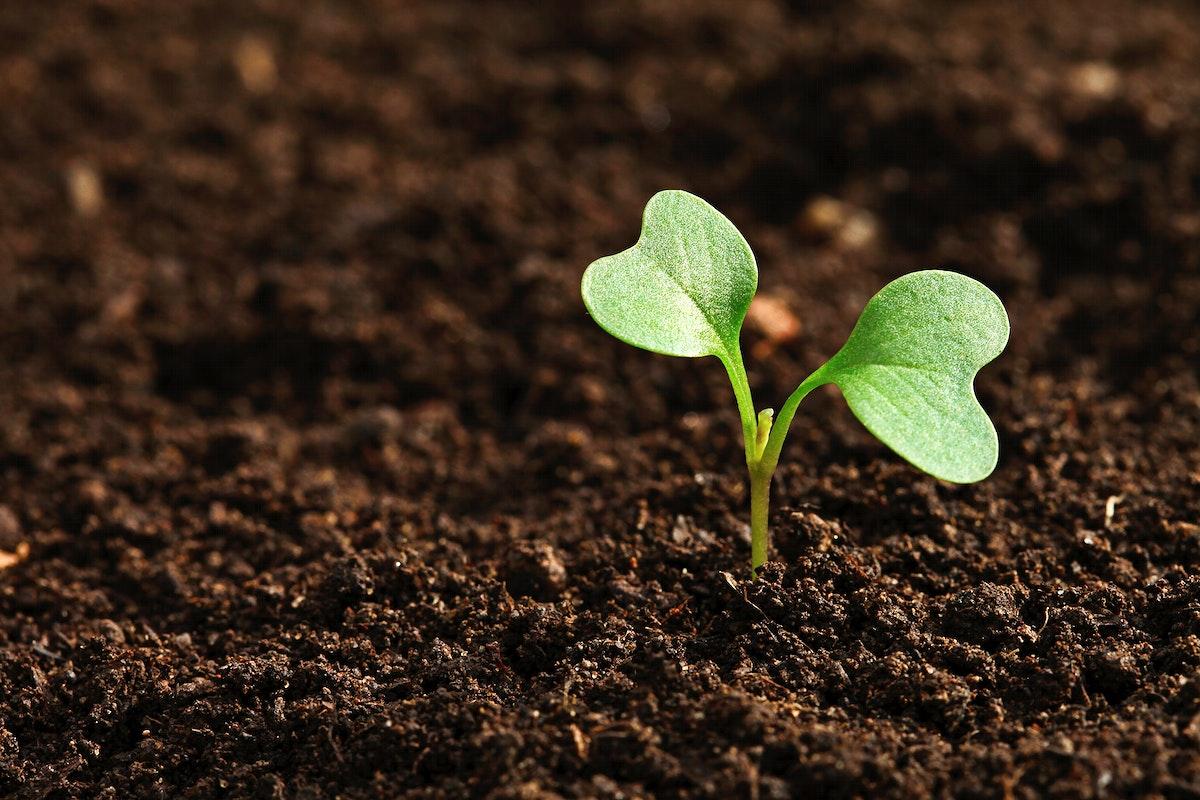
Learning How Pumpkins Grow using Coding
by Marguerite Samples
Just like many things we do in our lives, pumpkin growth and coding follow a pattern. Students will learn the life cycle of a pumpkin and fill in a practice page that talks about the pumpkin's life cycle.
Then there are coding (unplugged) activities to reinforce the science of the life cycle. This is a great lesson to introduce sequencing that is found in many content areas.
Lesson Plan Link/URL
https://docs.google.com/presentation/d/1U2lS2cRDpH7N-_n11vSVr2Yq7LIRK_Wz/edit?u…Subject Area
Science Life Science L1: Cells Technology 5. Computational Thinker Engineering S2: Apply the Engineering Design Process S4: Apply Science to Engineering S5: Apply Technology to Engineering English Language Arts (ELA) Reading (Literature) Writing
Featured
Off
Related Content

Featured
Pocket Creature Build Challenge
Grades:
7th Grade
In this build challenge, students will work in teams build a small creature out of recycled materials that serves a purpose. This outstanding lesson is easily customizable to engage in various science

Grades:
Kindergarten, 1st Grade, 2nd Grade, 3rd Grade
The students will create a Three Sisters Garden by participating in a teamwork activity, listening to a read aloud, watching a video, creating a diagram, planting the garden, and creating a video

Grades:
6th Grade
Students will construct a model of an ocean habitat to simulate an oil spill. They will then make observations about the behavior of the oil in the water and on the various items in the habitat model